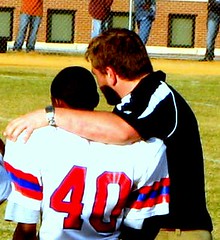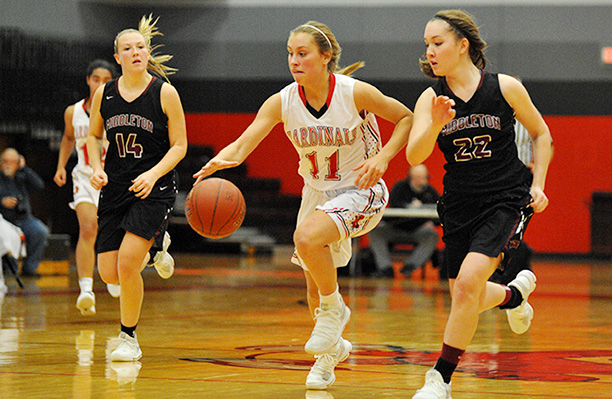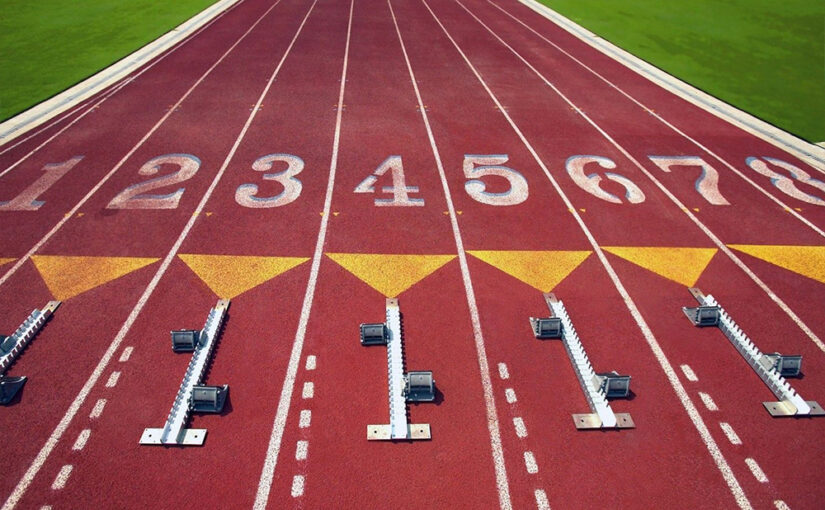The Importance of Communication between Athletes & Coaches
The ability to keep things simple is difficult, but it is key to being successful as a sportsperson, and strength-and-conditioning coaches, as well as the support staff, need to be able to explain the what, why, where, when, and how of exercise regimens.
This is the message of Ramji Srinivasan, author of a recent article on SportStar.TheHindu.com. He outlined three key areas to focus on when attempting to keep the line of communications simple and fluid.

Below is an excerpt from that article.
Cultural InfluencesMany sportspersons do not question their coaches on their training. But asking questions leads to better communication and enhances the knowledge of both the sportspersons and the coaches in understanding the former’s bodies and minds better. Such communication need not always be technical, and knowledge of other matters can make an athlete smarter and more adaptable.
Traditionally, coaches and athletes have predefined roles that they are supposed to follow to the T. Coaches have varying styles and approaches whether they are working with individuals or teams. For many, the result-based, format-specific approach they have used for many years may still work for them. But things have changed in the last few years, and more so during the COVID pandemic.
Cultivating Communication
A feedback and debriefing mechanism can be a potent tool for communication in professional sports. Instead of just sticking to the technical aspects, discussing lighter matters could improve the athletes’ absorption of information. Proper communication bridges the gap between athletes and coaches, which helps in tailoring the sessions and programs for the former while helping them develop a comprehensive understanding of their domain.
Spending time over a cup of coffee or a drink can open up channels of better communication. Such casual conversation makes the environment more conducive for athletes to open up and groups to work together better.
Feedback Mechanism
The best example of effective communication and a feedback mechanism came to us during the COVID lockdown when we were engaged in imparting training to our athletes online. Despite following the proper methods, we felt that something was missing. So, we shifted our approach from being technical and prim and proper to easy, lighthearted conversations, which was a real game-changer as far as their attendance and giving their best was concerned.
To read the full article from Ramji Srinivasan, click here.







